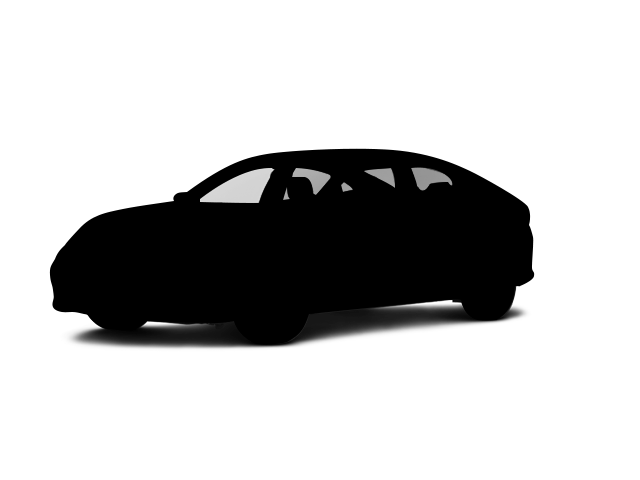With its standard Smart Brake Support, the Mazda CX-90 is better at preventing collisions with pedestrians than the Ford Explorer, according to the Insurance Institute for Highway Safety:
|
|
CX-90 |
Explorer |
| Overall Evaluation |
GOOD |
ACCEPTABLE |
|
|
Crossing Child - DAY |
|
| 12 MPH |
AVOIDED |
AVOIDED |
| 25 MPH |
-23 MPH |
-21 MPH |
|
|
Crossing Adult - NIGHT |
|
| 12 MPH Brights |
AVOIDED |
AVOIDED |
| 12 MPH Low beams |
AVOIDED |
AVOIDED |
| 25 MPH Brights |
AVOIDED |
-17 MPH |
| 25 MPH Low beams |
AVOIDED |
-2 MPH |
|
|
Parallel Adult - NIGHT |
|
| 25 MPH Brights |
AVOIDED |
AVOIDED |
| 25 MPH Low beams |
AVOIDED |
-20 MPH |
| 37 MPH Brights |
-33 MPH |
-22 MPH |
| Warning Issued-Brights |
2.4 sec |
1.3 sec |
| 37 MPH Low beams |
-26 MPH |
-14 MPH |
| Warning Issued-Low beams |
1.5 sec |
1.4 sec |
To provide maximum traction and stability on all roads, All-Wheel Drive is standard on the CX-90. But it costs extra on the Explorer.
Both the CX-90 and the Explorer have standard driver and passenger frontal airbags, front side-impact airbags, driver and front passenger knee airbags, side-impact head airbags, front and rear seatbelt pretensioners, height adjustable front shoulder belts, four-wheel antilock brakes, traction control, electronic stability systems to prevent skidding, crash mitigating brakes, daytime running lights, lane departure warning systems, blind spot warning systems, rearview cameras, rear cross-path warning, driver alert monitors and available around view monitors.
The National Highway Traffic Safety Administration does side impact tests on new vehicles. In this test, which crashes the vehicle into a post at 20 MPH, results indicate that the Mazda CX-90 is safer than the Ford Explorer:
|
|
CX-90 |
Explorer |
|
|
Into Pole |
|
| STARS |
5 Stars |
5 Stars |
| Spine Acceleration |
31 G’s |
39 G’s |
New test not comparable to pre-2011 test results. More stars = Better. Lower test results = Better.

